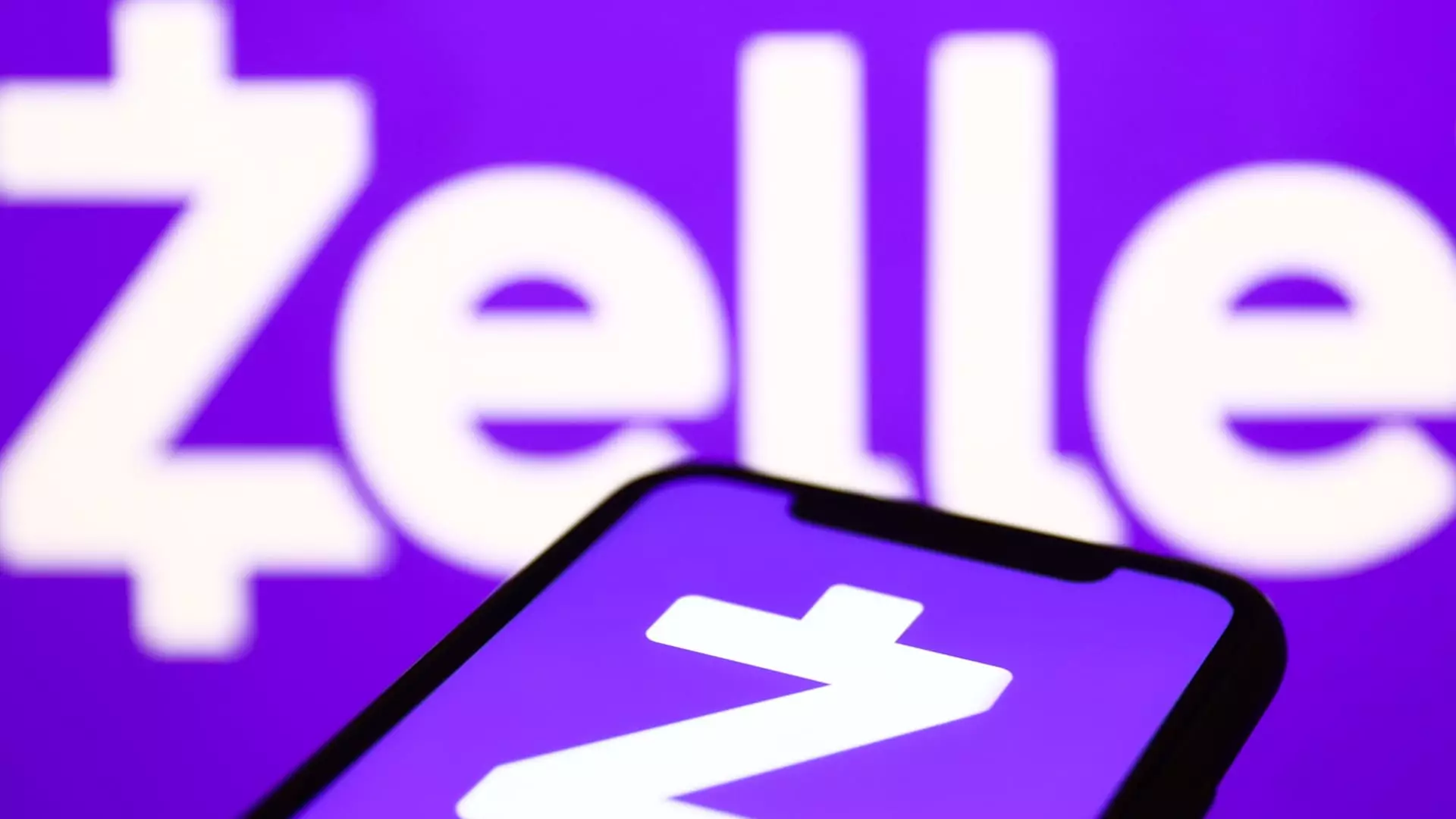Zelle, a peer-to-peer (P2P) payments platform operated by Early Warning Services (EWS), has dramatically accelerated its growth, achieving over $1 trillion in total transaction volumes within the past year. This staggering accomplishment not only sets a new benchmark for the P2P payment sector but also solidifies Zelle’s position as a leader in the digital payments space. In 2024, Zelle’s user base soared by 12%, reaching an impressive 151 million accounts, while transaction volumes surged by 27% compared to the previous year. Such figures indicate a marked shift in how consumers are interacting with financial services, particularly in a landscape dominated by emerging fintech solutions.
The success of Zelle can be attributed to several critical advantages that set it apart from competitors such as Venmo, PayPal, and CashApp. Established in 2017, Zelle’s backing by some of the largest U.S. banking institutions, including JPMorgan Chase, Bank of America, and Wells Fargo, allows it to facilitate instant transfers within the mobile applications of these banks. This seamless integration removes barriers that usually disrupt the user experience, allowing funds to be transferred almost instantaneously. Unlike its competitors, Zelle doesn’t require users to create separate accounts or struggle with delays. Instead, it capitalizes on its affiliation with major banks, providing a secure and efficient platform for transactions.
However, Zelle’s rapid growth has not come without concerns. The platform has faced criticisms regarding its handling of fraud complaints. Reports have surfaced alleging that significant fraud cases have gone unaddressed, leaving victims in distress. In response, Zelle has taken proactive measures to enhance security and trustworthiness, claiming that an impressive 99.95% of transactions occur without issues related to fraud. This commitment to securing transactions is vital for maintaining user trust and confidence, especially as more customers pivot from traditional payment methods like cash and checks.
The increasing adoption of Zelle is further fueled by changing consumer behavior, particularly among younger demographics who prefer the speed and convenience of digital payments. Users are increasingly opting for Zelle not just for convenience but also for regular transactions such as paying rent or compensating service providers like nannies. Denise Leonhard, Zelle’s general manager, emphasizes this changing landscape, suggesting that Zelle’s growth correlates directly with the dwindling use of cash in everyday transactions.
As Zelle continues to expand its user base and enhance its services, the future looks promising for the platform. The movement towards digital financial transactions is likely to sustain momentum, putting pressure on competing services to innovate and improve their offerings. With ongoing enhancements in fraud detection and user experience, Zelle is not only poised to lead the P2P payments industry but may also redefine standards for safety and efficiency in financial transactions. In this evolving digital landscape, the capabilities, challenges, and consumer preferences surrounding platforms like Zelle will undoubtedly continue to shape the future of financial services.

